|
By Julee Klein, Marketing Consultant & President 15 Things to Consider Before Starting a Small Business BlogWhen Google released their Panda update in 2011, they took the internet by storm. What stood in the aftermath was the foundation of blogging in 2020: a world of long-form content, detailed guides, and lengthy articles that delivers unique value to readers hundreds of millions of times every day. That’s not an exaggeration. When WordPress sites alone see over 21 billion articles read on a monthly basis, it’s no wonder that a machine as complex as Google is necessary to make anything visible at all.
14 Comments
By Julee Klein, Marketing Consultant & President A Look at JKM's Digital Marketing Highlights in 2019JKM opened its virtual doors in January of 2018. Now that our second year in operation is coming to a close, we’re reflecting on all that we’ve accomplished this year for our small business clients and our digital marketing agency. Here’s a look at our highlights in 2019:
By Julee Klein, Marketing Consultant & President
The Scoop on Keeping Your Small Business Customers Happy and Engaged
Small business owners and savvy marketers know that in order for your promotions and sales efforts to be most effective, you should know as much as possible about your potential customer; what their habits are both online and off, their income, commute habits, communication preferences, etc.
This all helps paint a picture of their needs, and helps you determine at what point your products or services could be of use to them. This type of personalized data on your customer is incredibly valuable, and one of the reasons why big data is such a rapidly growing market.
Yet for most small businesses, finding the right customer at the right time using snippets of demographic and other consumer behavior data can be time consuming and hit-or-miss. Even the best, most thoroughly researched marketing campaigns only convert a small percentage of their target audience.
By Julee Klein, Marketing Consultant & President
Customer engagement begins with your logo.
A number of our small business clients come to us because they need a better web presence or want to begin marketing their business online. We hate to do it, but sometimes we have to pump the brakes, take a step back and discuss their branding. For most small businesses, "branding" may consist of their logo and perhaps a small set of preferred colors, and maybe, if we're lucky, some defined fonts and images.
But the importance of your small business' logo cannot be overstated. The logo is often the first interaction and subsequent reaction a new prospect experiences when discovering your business. So the important question is: does it send the message you want to communicate about your company?
By Andrew Hansen, Copywriter Optimize your social media timing, tools, and platforms.While running your digital marketing campaign, it can be difficult to decide what kind of content you want to post on social media, not to mention figuring out the nuances of every platform. But by picking up practices that drive-up engagement on your online profiles, your efforts to reach potential customers through social media will only improve. Here are five important social media marketing tips and tricks every small business should know to maximize their time and effort online:
By Julee Klein, Marketing Consultant & President Make Your Small Business a Late-Summer Hot Spot With These Email Marketing Ideas for AugustThis is it. The summer is almost over. August is upon us so let's kick your email marketing in gear before it's time to start planning your Holiday Season marketing strategy. Crazy, we know! But the good news is August is a great time to leverage the beautiful outdoor weather, summer vacations, and back-to-school activities in your email marketing content. If you're looking for ideas for how to end the summer season on a high note, these email marketing tips from Constant Contact should help make your business a hot spot in August.
Here's How to Master Twitter for Your Small BusinessTwitter can open your small business to broader audiences across town or across the globe. The perfect Twitter profile page will help you stand out from the competition and can help validate a purchasing decision by our potential customers. Remember, your Twitter account should compel customers to make a purchase, not turn them away. Follow these easy steps to get the most out of Twitter.
By Andrew Hansen, Copywriter What is a Lead Magnet and Why Every Small Business Needs OneIn the digital age where the majority of potential clients are targeted by businesses online, consumers often find their email inboxes bombarded with promotional deals and advertisements from one-time sign-up offers. These attempts by businesses to incentivize potential customers often miss their mark- emails go unread before deletion or are sent straight to the spam folder. By utilizing lead magnets, small businesses can ensure they get the coveted email subscription of prospective clients by promising relevant information. In essence, lead magnets have a dual-serving purpose: potential buyers can access useful, relevant information from businesses who in turn benefit by securing the contact information of the said prospective clients. Simply put, lead magnets attract leads. Here's what makes a good lead magnet that attracts customers:
By Julee Klein, Marketing Consultant & President
What does web accessibility mean and does it apply to small businesses?
In 1990, the Americans with Disabilities Act (ADA) became law, and since then businesses, both large and small, have been required to make their physical business environment accessible to the differently abled.
The ADA is a broad civil rights law that seeks to shut down discrimination, whether intentional or not, of those that need physical or cognitive accommodations to have equal access to state and local governments, nonprofit organizations, labor unions, and businesses.
ADA requirements apply to any agency, organization, or business with 15 or more employees. According to the law, these entities must make “reasonable accommodations” for employees that are disabled. But there is more you need to know to avoid running afoul of the law and ADA compliance when it comes to your small business website.
By Julee Klein, Marketing Consultant & President
9 Statistics About Online Consumer Behavior to Consider Before Starting a Digital Marketing Campaign
As a small business owner, deciding where to spend our marketing budget can be a challenge. On the one hand you may want to be everywhere and not miss an opportunity to woo potential customers. On the other hand, you need to be strategic about your digital marketing spend to ensure you squeeze the most marketing juice out of your campaigns.
So how do you discover where your potential customers are hanging out online and how do you engage them there? Luckily we've found some great data to share... |
klein blog:
|
Services |
Company |

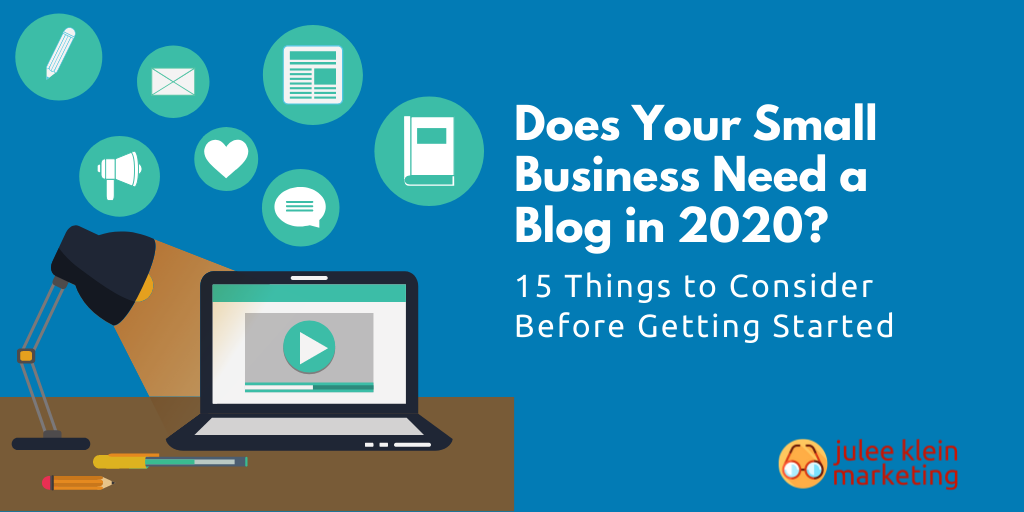
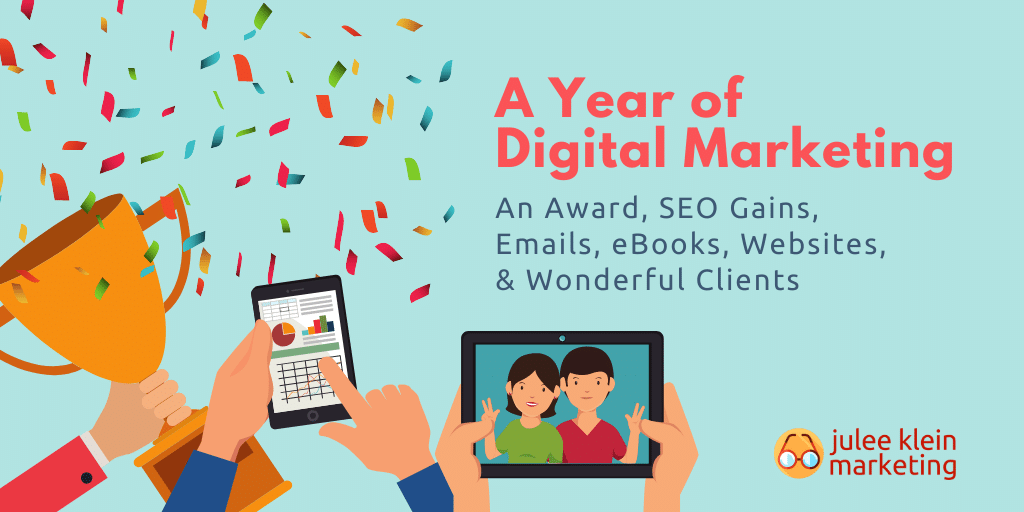
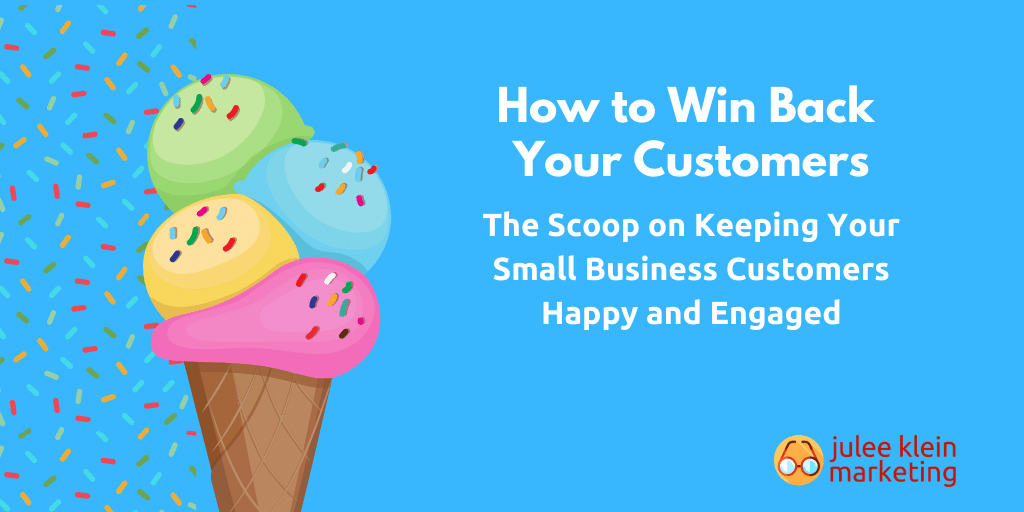
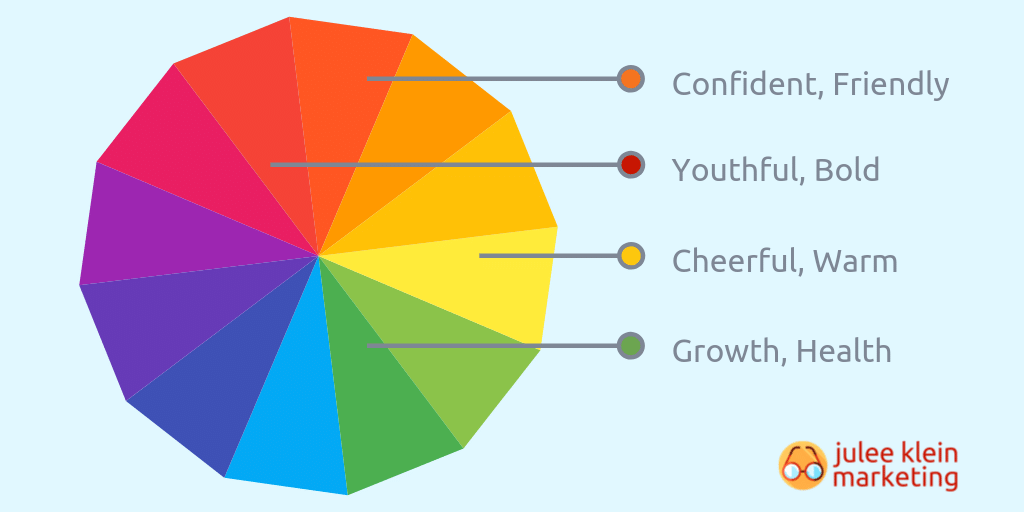
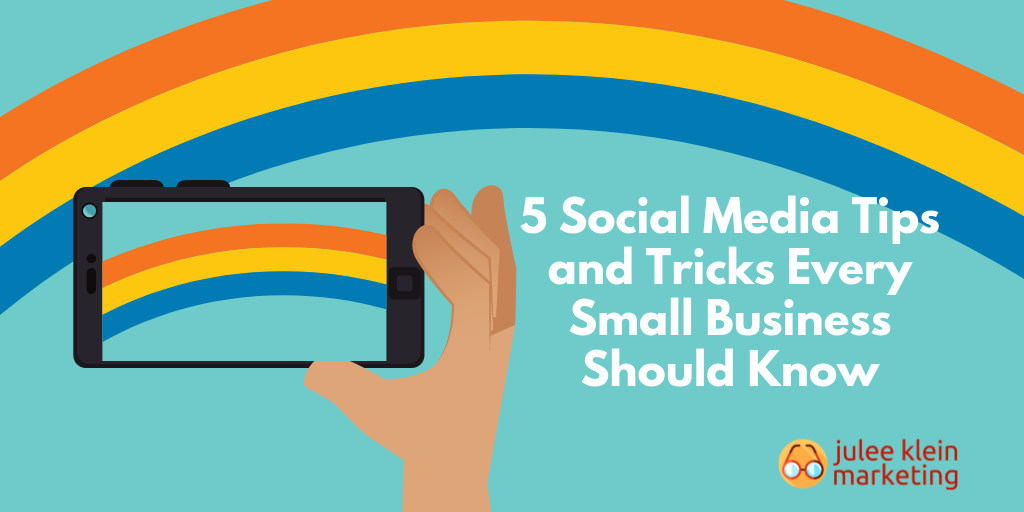
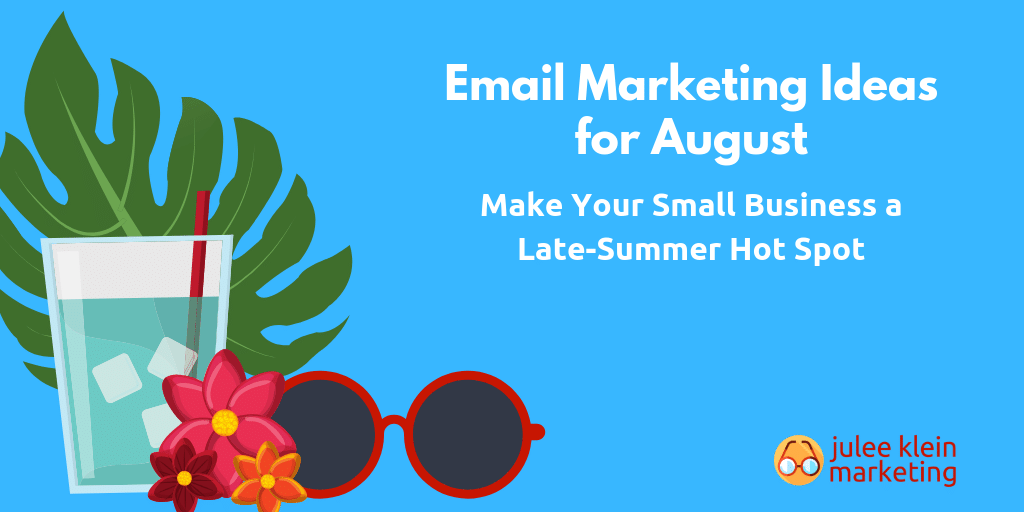
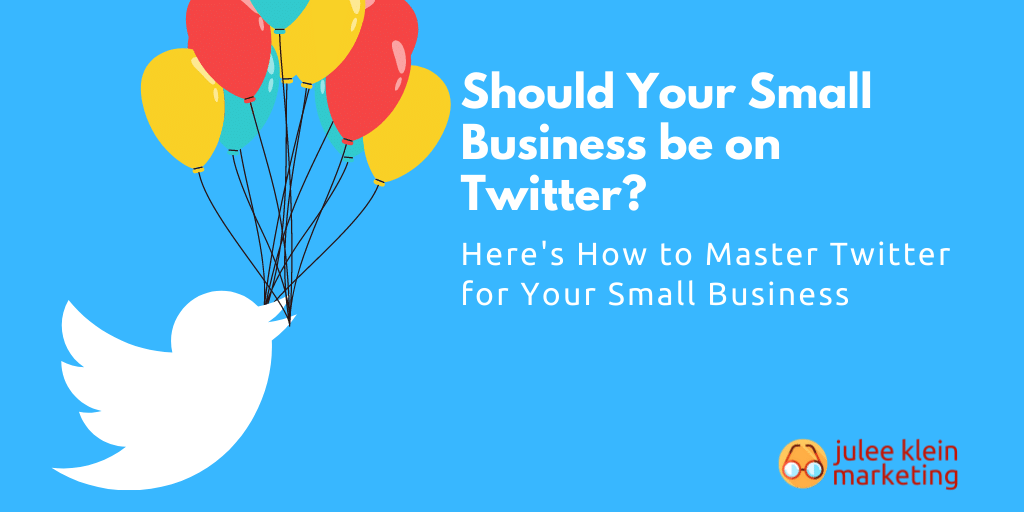
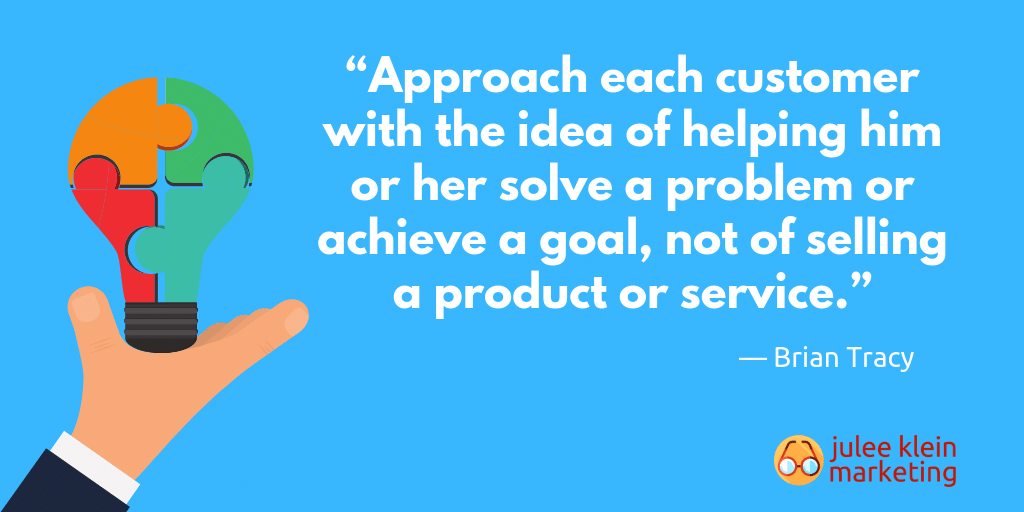
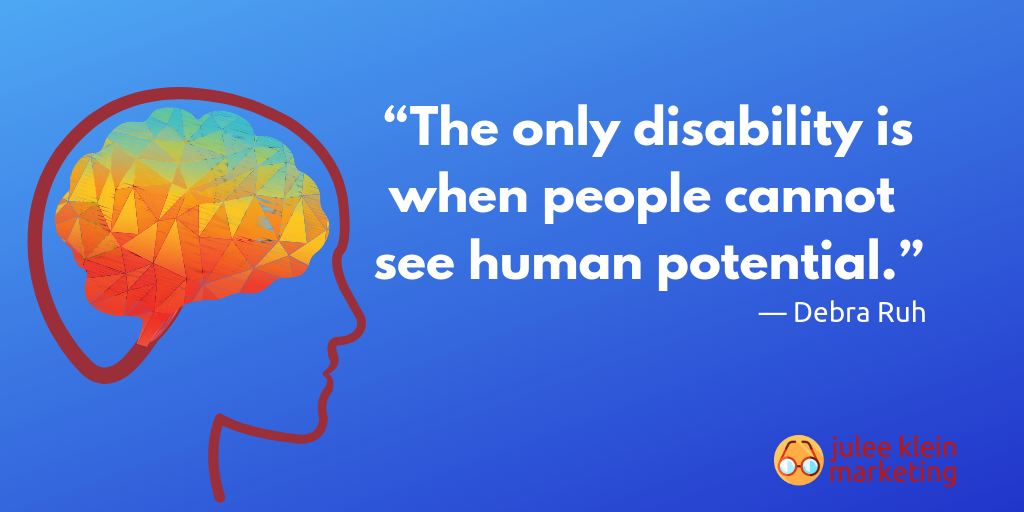
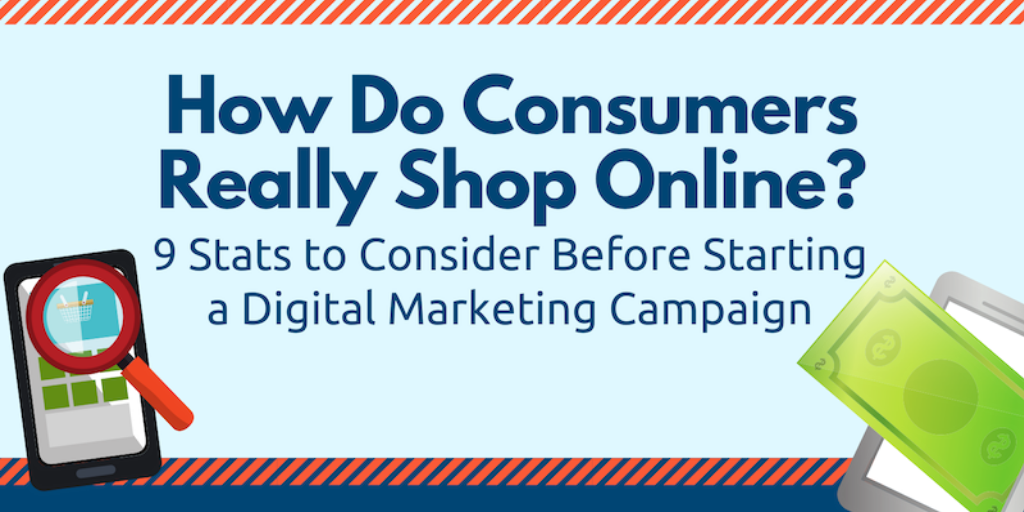
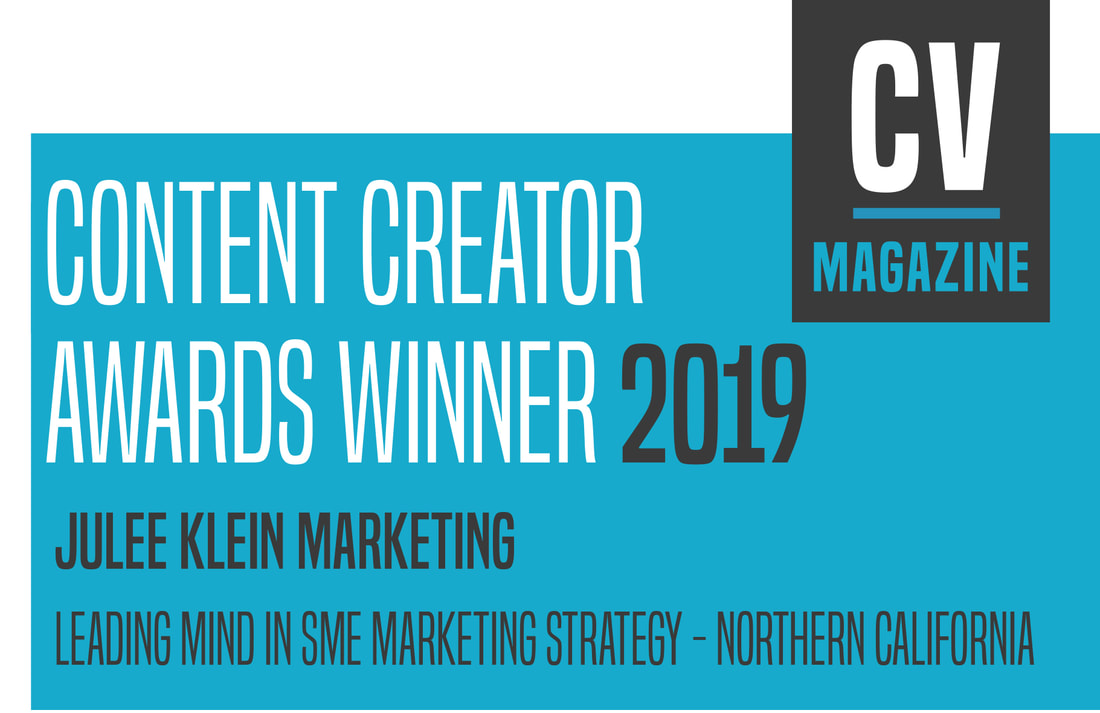
 RSS Feed
RSS Feed


